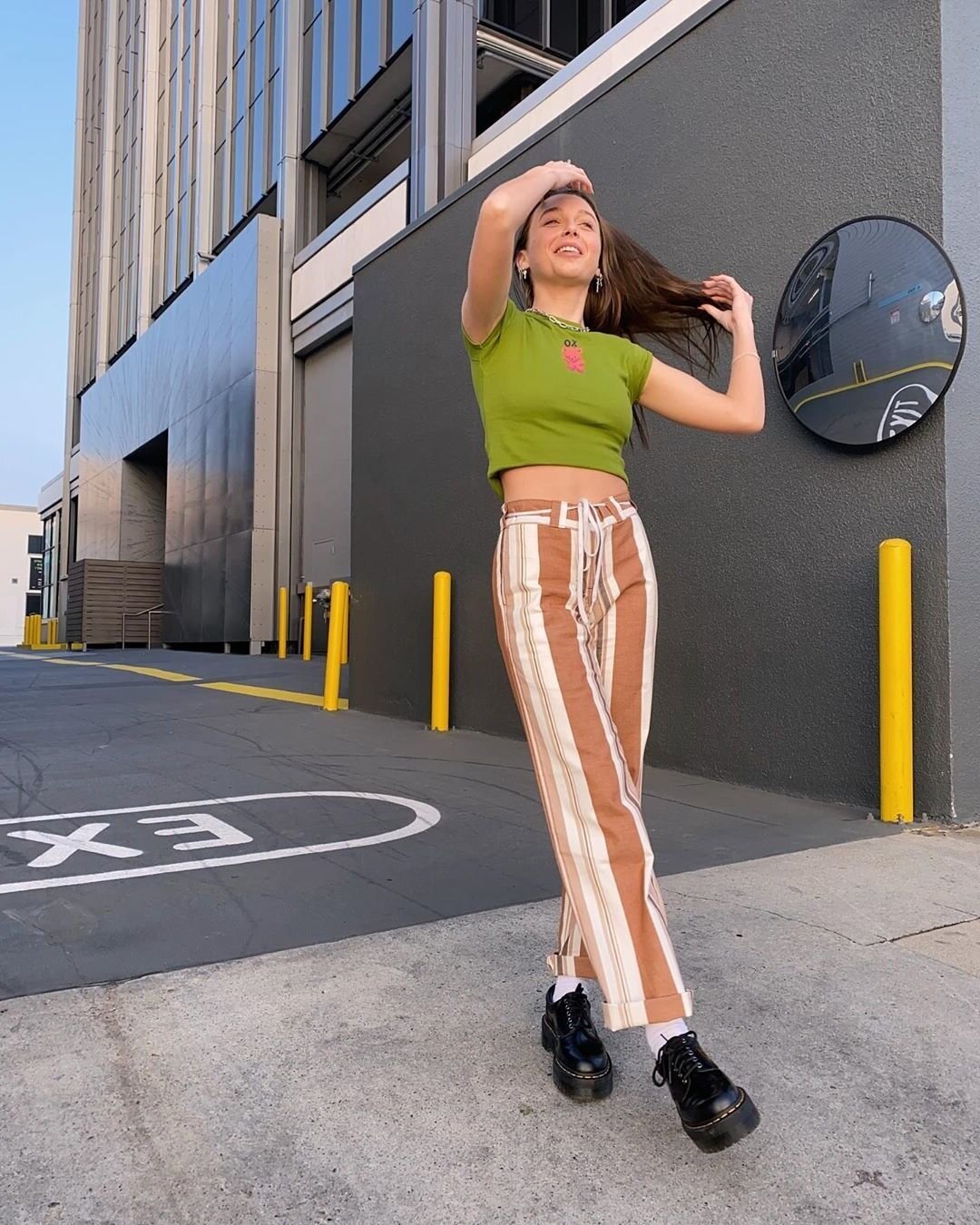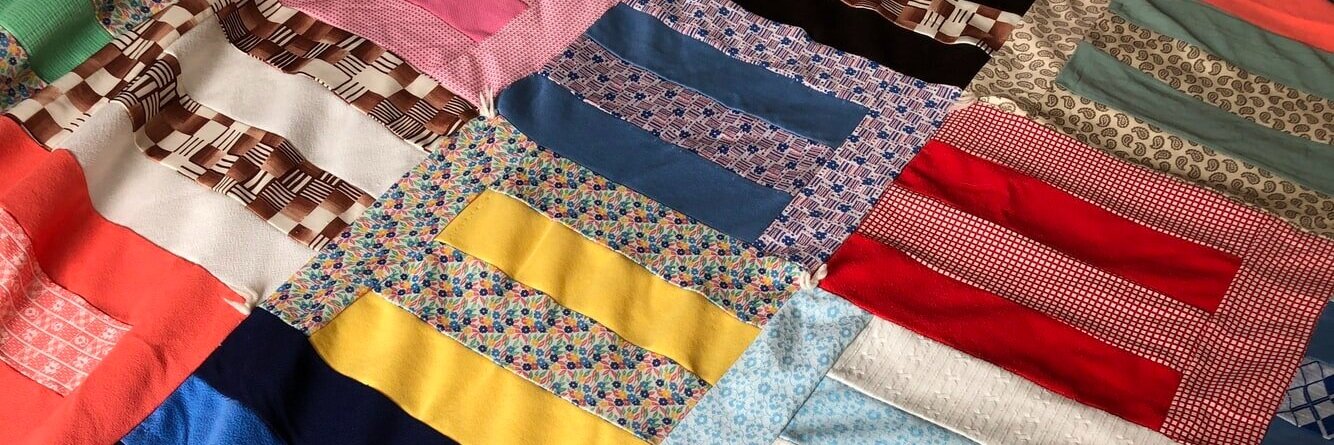Nerds of Today: Fashion and Gamers.
/Video game character outfits have evolved from the blue overalls and red shirts we’ve grown familiar with.
Pocket protectors, jam jar glasses, and ill fitting clothing - retro nerds weren’t exactly on the cutting edge of fashion.
But today you might think twice when seeing a self-identified gamer. Contemporary gamers are beginning to carve out a more stylish name for themselves. Conventions are full of all black outfits, designer bags, and even influencers.
Harper’s Bazaar attributes this to an actual shift in mentality regarding gaming. No longer are teenaged boys the face of modern gaming; Women, seniors, parents, working professionals all can bond over the interactive narratives that videogames have evolved into. Former Harper’s Bazaar contributor Lucy Yeomans has this to say about the direction of games:
”Gaming feels like the next step in the content evolution. People are taking it seriously. All you need is to look at the numbers to know that gaming is where it’s going.”
Gaming is getting bigger, more artistic, more accessible - but what does this mean for gamers themselves? The social acceptance surrounding games is giving gamers confidence in themselves, going outside the bubble of comfort and into a more fashionable scene.
Widely known pro-gaming group FaZe Clan has gamers-turned-models in their flock. One, Nate Hill of the FaZe Clan has modeled multiple times at New York Fashion Week. Another professional gamer and influencer Ben Lupo explained to Wired the contrast between the now-fashionable modern gamers and how he viewed himself starting out in gaming.
“Before Fortnite and all that stuff blew up, I never really considered myself as someone who tried to maintain some level of fashion sense whatsoever, if you look back 10 years, being a gamer was very unfashionable. I wore jeans and a t-shirt and that’s that. Now, I have nice shoes,”
The combination of the rise of e-sports, influencer culture, and gamers releasing their own merch has propelled the gamer style into what it is today: Modified and fashionable athletic wear, largely. Comfortable clothing that can be effortlessly been paired with high price tag luxury items like a Gucci t-shirt is what makes up the top influencers’ wardrobes, projecting this uniform onto their fans.
As the gamer demographic grows, so too does the marketing strategies of many companies. You can pick up a Play Station 5 at Shoppers Drug Mart, and Fortnite logo-adorned clothing is available at Wal-Mart. The growing market of nerds with disposable income and a new desire to look good is hard for any company to ignore. In 2016 Louis Vuitton created campaign with virtual model Lightening, a character from Final Fantasy. The Sims have collaborated with high-fashion brad Moschino for in-game clothing, and even fashionista Kim Kardashian created her own mobile game - Kim Kardashian: Hollywood.
Gaming has come a long way from being inaccessible, expensive machines only playable at home to massive powerful computers, portable systems, and captivating mobile games. The scope of games is widening each year, and so is the culture of gaming. Having media recognition, brands sponsoring e-sports, and more representation and acceptance of gamers, means more confidence this group will have. From being collectively bullied by society to being one of the fastest growing industries, both for developers and influencers, don’t count out gamer’s sense of fashion - and the road it will take.
Cassidy Shea
Cassidy is a second year student in Algonquin College's Professional Writing Program. Her interests include fashion, activism, and digital art. Passionate to work in a field that directly helps people. If you're looking for a debate or a gaming partner look no further.





















